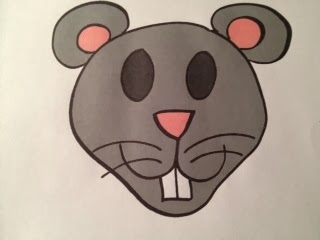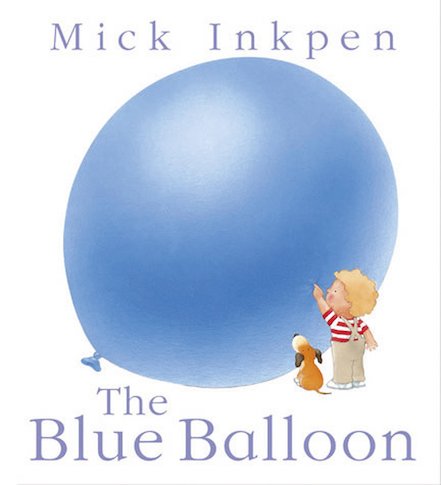What a gift these new commemorative stamps are to celebrate 150 years since Lewis Carroll told his first story about Alice in Wonderland!
In the new DfE POS we are asked at KS2 to offer children the opportunity to:
"speak in full sentences"
"ask and answer questions"
"engage in conversations"
"describe people in speaking and writing ""
The article on CBBC news about the stamps is clear and child friendly with brilliant pictures of the stamps.Click here!
Here is a perfect way to engage our young learners in speaking,writing and creating descriptions... and as I write I am about 7 miles from Daresbury ,where the village celebrates its connections to Lewis Carroll. Indeed there is a strained glass window to celebrate Alice in wonderland in the church and our local town Warrington has a stone table statue celebrating "The Mad Hatter's tea party"
Thanks to Ana and Emilie here are some of the main characters' names in French and Spanish
French:
Alice - Alice
Madhatter- le chapelier fou
Cheshire cat- le chat du Cheshire
The white rabbit - le lapin blanc
Spanish:
Alice- Alice
Madhatter- El sombrero loco
Cheshire Cat -- el gato de Cheshire
The white rabbit- el conejo blanco
So first of all let's have a tea party!
Of course we could act out what we see and hold a simple food, cafe or at table conversation.
We can use all the language we have practised based on foods, likes, dislikes and if you follow our SOW table language from Year 6 to animate this picture of the table with speech bubbles and to create the perfect menu too.....
Now let's create our own stained glass window
Let's investigate the series of stained glass windows in Daresbury church with characters from Alice in Wonderland.Take a look at the stained glass window here.
- Let's change the speech bubbles and add our own questions and answers between the characters - as simple as necessary of course ( ranging from greetings,farewells, feelings, likes, dislikes, the time etc)
- Let's make it a piece opf Art with tissue [paper and clear glue and add our speech bubbles and writing
- Let's bring the pictures to life by importing the pictures in to APPs such as Tiny Tap and adding a recording of the children's voices as sound patches over the the speech bubbles in character.Can they say the words in character too?
Let's explore the characters!
Show them the film trailers in the target language! (Alice et les pays des Merveilles is French version and Alice en el pais de Maravillas is the Spanish version and the German version is Alice im Wunderland)
Show them the stamps and the images
A simple description:
Ask the children who are moving on learners (Year 4 /Year 5) to use bi-lingual dictionaries to write two simple sentences using the verb to be and two simple sentences using the verb to have about a character.We could record our spoken language on Yakit for kids. Here is an example......
Alice est jolie
Alice est petite
Alice a les cheveux blondes
Alice a les yeux bleus
Adding challenge to the description
Let's see if the more advanced young learners (Year 5/6) can complete some present tense sentence descriptions about the characters and add at least one independently written sentence of their own.Here is an example :
le lapin blanc est..............
le lapin blanc porte..........
Le lapin blanc n'aime pas .........
.......................................
Now let's bring the characters to life with animation using Funny Movie Maker where you import your picture of the character and add spoken words (so the children's description).There is an android version of this too.
And let's keep a written record of the descriptions
- as posters in a class book of Alice in Wonderland or
- as our own commemorative A4 stamps with a picture of the character and the words and sentences around the character that the children have written in the target language.
- as PicCollage posters with imported additional pictures of the book in the target language from the web!












.JPG)
.JPG)
















